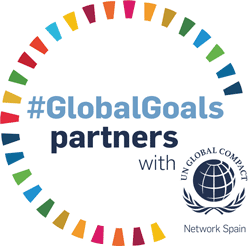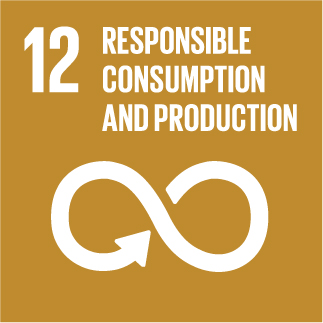Integrated manufacturing of REciclable multi-material COmposites for the TRANSport sector
Stable n?Type Conducting Elastomer with High Stretchability and Electrical Conductivity
A high?performance n?type conducting elastomer, engineered via ionic liquid?modulated phase separation of PBFDO/TPU blends, achieves high conductivity (>200 S cm?¹) and stretchability (>200% strain). The first stretchable thermoelectric generator using n?/p?type elastomers demonstrates efficient energy harvesting, with robust performance in wearable applications under mechanical stress.Stretchable n?type conducting polymers are crucial for advancing high?performance optoelectronic and bioelectronic devices, yet their development lags significantly behind that of p?type counterparts due to the intrinsic challenge of harmonizing electrical conductivity with mechanical compliance. Herein, a novel strategy is reported to engineer a high?performance n?type conductive elastomer by synergistically blending the n?type polymer poly(benzodifurandione) (PBFDO) with thermoplastic polyurethane (TPU) and modulating phase separation via the ionic liquid (IL) 1?butyl?3?methylimidazolium tetrafluoroborate. The resulting PBFDO/TPU/IL composites (PBTI) achieve an unprecedented combination of n?type electrical conductivity exceeding 200 S cm?¹, fracture elongation surpassing 200%, and robust operational stability, outperforming existing stretchable n?type conductive polymers. The controlled phase?segregated morphology ensures efficient charge transport while maintaining elastomeric resilience, addressing the long?standing trade?off between conductivity and stretchability. PBTI is integrated with a p?type PEDOT:PSS?based elastomer to demonstrate its versatility in constructing a stretchable thermoelectric generator (TEG), which exhibits a reliable power output under mechanical deformation. Further applications in fire safety warnings and real?time human physiological monitoring underscore the material's practicality in adaptive wearable and implantable systems. This work breaks new ground in n?type stretchable conductors, paving the way for sophisticated bioelectronics and self?powered devices requiring balanced electronic and mechanical functionalities.

» Publication Date: 22/07/2025

This project has received funding from the European Union's Horizon 2020 research and innovation programme under grant agreement Nº 768737


